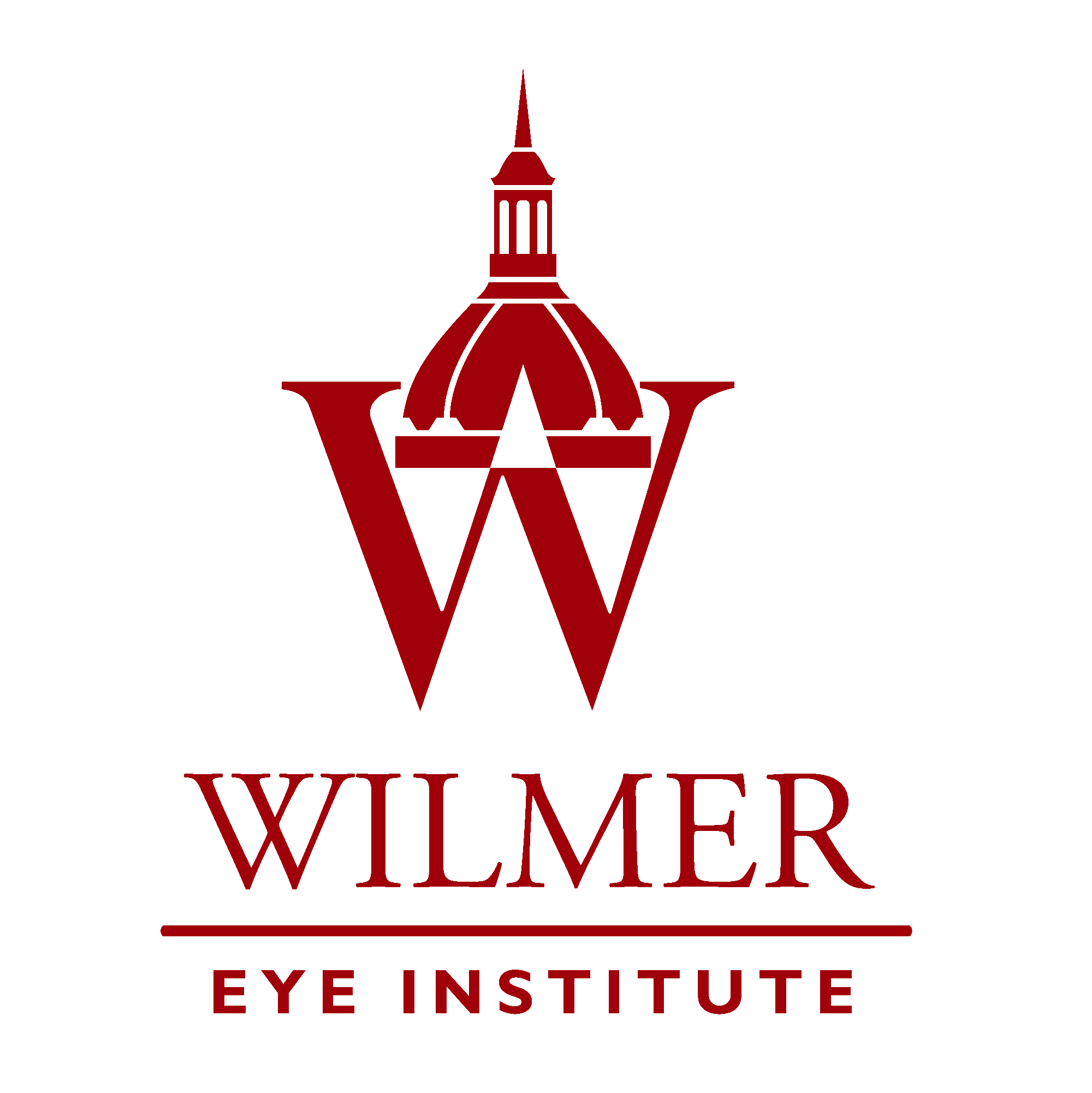
Burnout less prevalent among ophthalmologists

I’m tired
Tired of being admired
Tired of love uninspired
Let’s face it, I’m tired!
–Madeline Kahn, in the role of songstress Lily Von Schtupp in Blazing Saddles Are You Tired?
A recent article in the Journal of the American Medical Association, provocatively titled “Pushed to Their Limits, 1 in 5 Physicians Intends to Leave Practice,” notes that these are dark days for our medical colleagues in primary care practices. According to the Virginia Commonwealth University study discussed in the article, 36,000 survey responses from clinicians across the country portray “an alarming picture of a workforce that’s increasingly burned out, traumatized, anxious, and depressed.”
Study author Rebecca Etz, PhD, a cultural anthropologist, cautions, “It has been bad for primary care over the pandemic and it’s getting worse.” The article goes on to say that “frontline clinicians” are experiencing high rates of depression, anxiety, sleep disturbance, and posttraumatic stress disorder. Lotte N. Drybye, MD, MHPE, of the University of Colorado School of Medicine, says they are “tired of taking care of patients who are incredibly sick and aren’t vaccinated.”
Some particularly sad data show that about 20% of 2504 physician respondents said they knew a physician who had considered, attempted, or died by suicide during the COVID-19 pandemic. There are no concrete data, but the implication is that many clinicians are going to quit the practice of medicine and that this will exacerbate physician shortages.
One of my friends, an emergency medicine doctor, shared with me similar data showing a very high rate of burnout among emergency department doctors. He is worried about that specialty’s future. I, naturally, see everything through the lens of an ophthalmologist (if you’ll pardon the expression).
For us, things are not so bad. Those same surveys that show physicians with high rates of burnout also consistently show a very low rate of this problem among ophthalmologists, and I have an idea why.
Despite the fact that Li Wenliang, MD, a Chinese ophthalmologist and the first doctor to sound the alarm about the coronavirus, ultimately contracted and died from COVID-19, and despite the high risk of ophthalmologists contracting the infection in the early days (because we work so close to the nose and mouth), many of my ophthalmologist friends tell me they expect to never retire.
This is because they love what they do. Even if they can no longer operate, they want to continue seeing patients, writing papers, attending meetings, and all the rest.
A big part of this, I think, is that we ophthalmologists are frequently treated to our patients’ expressions of gratitude for what we can do to help them retain or recover their vision.
No doubt, like me, you’ve had grateful patients hug you and offer effusive praise for your efforts. ED doctors don’t really get to know their patients, as they see them only for their shift. And primary care doctors, who are treating hypertension, monitoring cholesterol levels, and carrying out other important work, may not experience the dramatic improvements and resulting expressions of gratitude that we ophthalmologists see.
Newsletter
Don’t miss out—get Ophthalmology Times updates on the latest clinical advancements and expert interviews, straight to your inbox.
















































.png)


